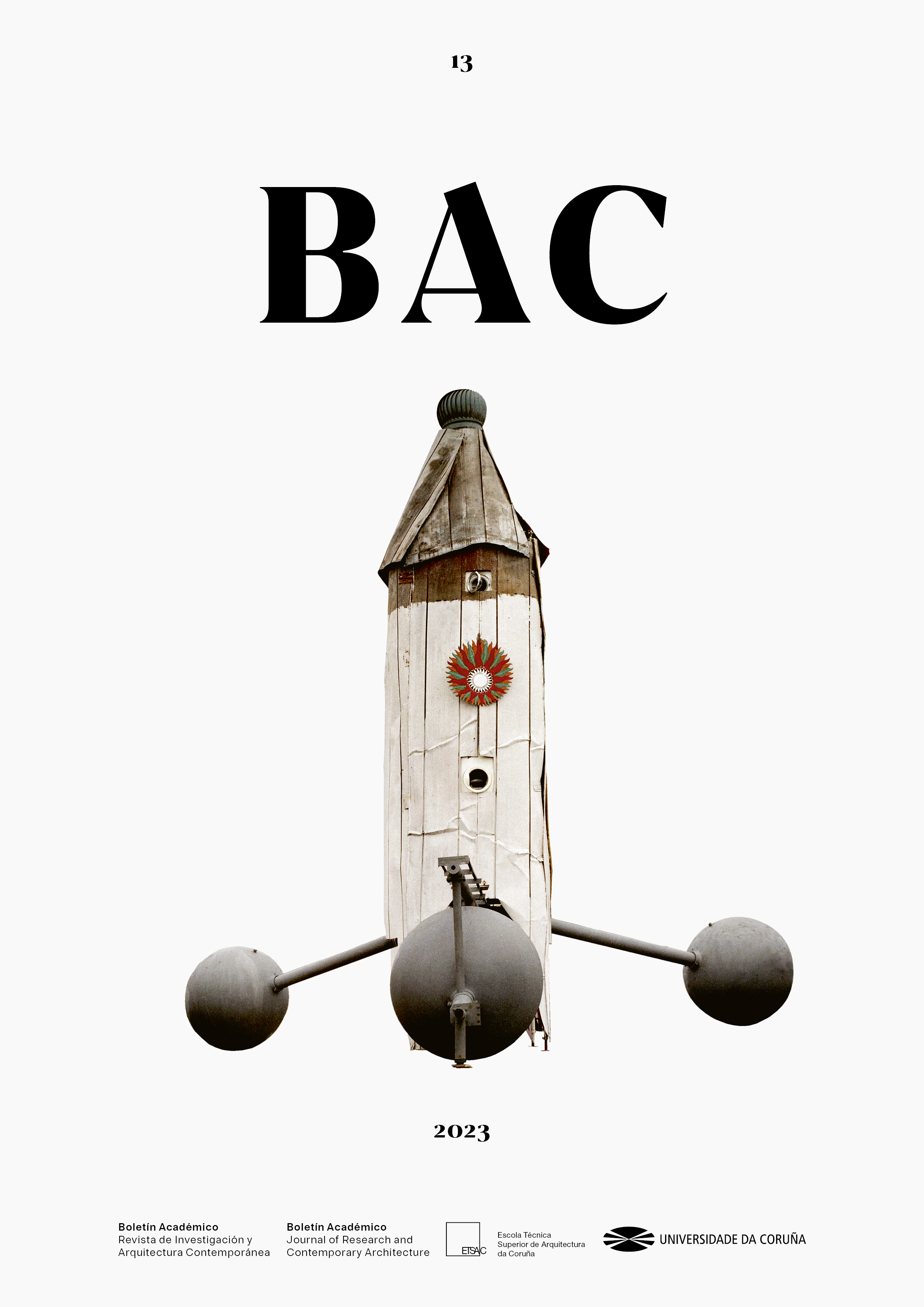El espacio de la urbanística Una reflexión sobre el espacio “urbano” en relación al espacio “arquitectónico”
Contenido principal del artículo
Resumen
El presente artículo se plantea la necesidad de reflexionar sobre la naturaleza espacial del hecho urbano: ¿qué caracteriza al hecho urbano desde el punto de vista de la delimitación espacial?; ¿qué distingue a la urbanística de la arquitectura en términos espaciales?; ¿podemos establecer puentes, puntos de contacto o equivalencias entre el espacio urbano y el espacio arquitectónico? Esta reflexión no pretende agotarse, en absoluto, en una retórica academicista y ensimismada. Más bien, pretende constituirse en la base de un pensamiento fundamental y fundamentado que devuelva al arquitecto el papel protagonista en la concepción del hecho urbano. La ciudad y el territorio se enfrentan hoy a muchos y muy difíciles retos, en los que es habitual y necesario que la urbanística se apoye en otras áreas de conocimiento, pero no por ello se puede olvidar la inextricable naturaleza espacial del hecho urbano.
Palabras clave:
Descargas
Detalles del artículo
Citas
Giedion, Sigfried. La Arquitectura, fenómeno de transición: las tres edades del espacio en arquitectura. Barcelona: GG, 1975.
Harteveld, Maurice. Interior public space : on the mazes in the network of an urbanist. Delft: Delft University of Technology, Faculty Architecture, Urbanism and Building Sciences, 2014.
Norberg-Schulz, Christian. Existencia, espacio y arquitectura. Barcelona: Blume, 1975.
Pimlott, Mark. The Public interior as idea and project. Heijningen: Jap Sam Books, 2016.
Zevi, Bruno. Architectura in nuce: una definición de arquitectura. Madrid: Aguilar, 1969.



